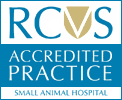 For a client looking after their recuperating pet, having them do their recovery in a cage can be a worrying time. It’s easy for us to say to clients “Your pet must be cage rested”, but on an emotional level for owners, this is one of the hardest situations they will find themselves and their pets in.
For a client looking after their recuperating pet, having them do their recovery in a cage can be a worrying time. It’s easy for us to say to clients “Your pet must be cage rested”, but on an emotional level for owners, this is one of the hardest situations they will find themselves and their pets in.
At Cave Veterinary Specialist we provide a few ideas on how they can keep their pet stimulated when they can’t exercise properly, whilst ensuring they get the required amount of nutrition.
Take into account breaking up the day for the patient. Using food is a good way to do this, as potentially playing with toys in a cage will result in too much movement.
Feed for the patient’s ideal weight, rather than current rate. If overweight, we need to ensure weight gain while cage rested doesn’t happen.

Treats will be extra to the patient’s daily allowance. They can be given, but we need to take these into account and reduce the daily allowance of food accordingly. The act of giving a treat for the owner will reduce the feeling of guilt that their pet is caged and recuperating.
Weigh the patient’s daily allowance out to ensure exact allowance per day. This can then be split up into smaller meals throughout the day and potentially used as treats.
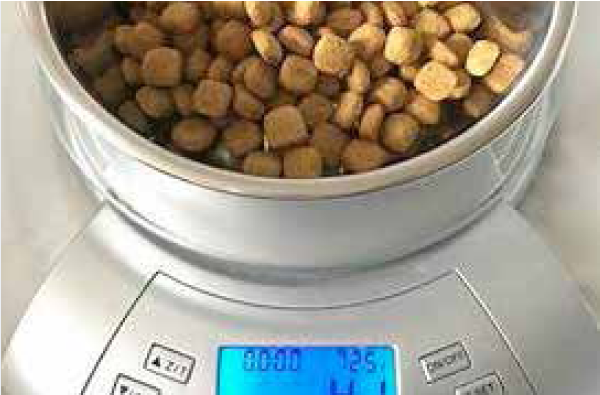
A general guide for treats is
- Reduce food by 10g per shape/gravy bone-sized biscuits
- Reduce food by 30g for Dentalstix
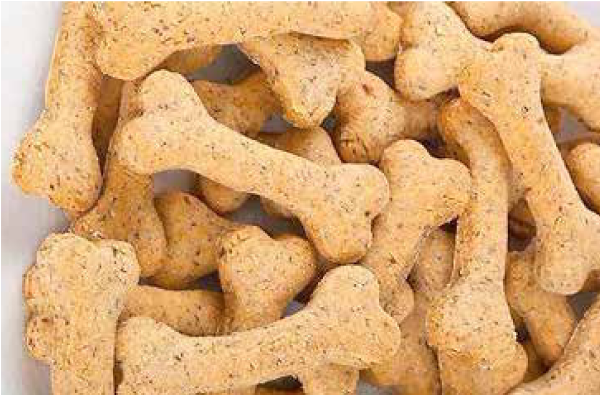
Consider light/senior version of the patient’s own food, as this will contain all the daily nutrients required with less calories in.
If the patient will accept their own diet as a treat, this is the most beneficial as they will be receiving a complete balanced diet with all the nutrients in.
In extreme cases, after the initial recovery period and wound healing, if they are still overweight or have gained weight, we could consider a short-term recovery aid. This could be the use of obesity or satiety type diets. These have the advantage of providing all the nutrients needed per day, with less calories and added fibre to the diet, which will sate the patient, by making them feel fuller. This has the added bonus that they won’t make the owner feel guilty about feeds being restricted, as the bowl looks full.
Use of treats for completing tasks like physiotherapy, and giving medications is perfectly acceptable. Again, adapt the diet per day to allow for them.
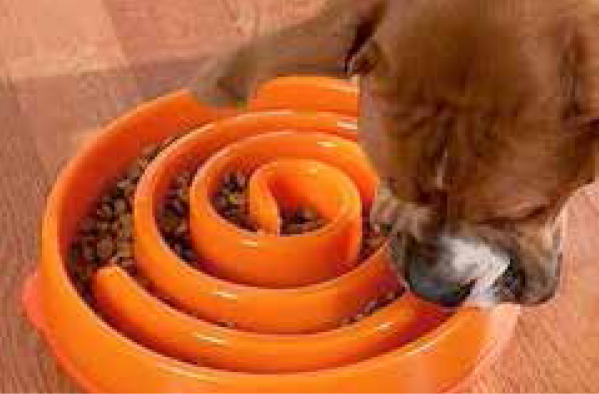
Scatter-feeding dry food, rather than providing food in a bowl. This will make the food last longer for the patient and provide them with enrichment. Ensure that this is case/surgery appropriate before offering it as an idea to the client.
Enrichment for the patient is as important as recovery and will also have an emotional impact on the client. We know it’s best for the patient to stay on strict cage rest, as do the owners, but in reality, this is really tough on an emotional level for clients to do.
Changing the food type shouldn’t be performed in the initial recovery period, as this could impact on wound healing. Recuperation is as essential to the patient as a healthy weight.

The use of lick mats and treat balls i.e. Kong’s is possible, but before suggesting their use to the client, ensure that it won’t be contraindicated with too much movement (especially for some cases, i.e. spinal surgery).
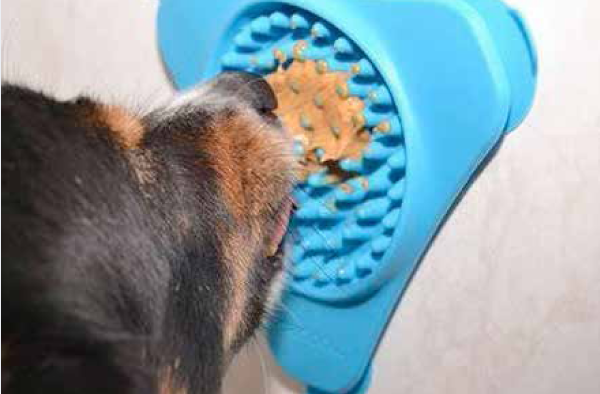
We hope these provide a few ideas for you to discuss with owners. If our team at Cave can be of any further assistance, then please don’t hesitate to get in touch.



